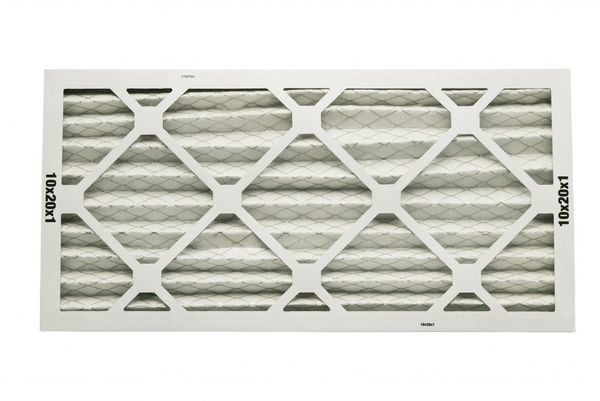Filter Education - Merv Ratings

So what does MERV stand for anyways?
MERV is short for “Minimum Efficiency Reporting Value”. While the air filter is meant to control the amount of unwanted air particles entering your home, the MERV rating on your filter is meant to show you which filter is best fit for your home. The higher the MERV rating, the fewer particles and other contaminants will be allowed into your home.
Sounds pretty simple, obviously you would want the least amount of particles as possible, right? Wrong.
While the highest MERV ratings are the most effective for air quality, they can harm your HVAC system.
A higher MERV rating means a higher resistance, which means less airflow. When researching HVAC systems, airflow will come up a lot. That’s because it’s very important for the performance and longevity of your furnace or air handler. Air flow is also the key to a comfortable home.
If the MERV rating on your furnace is too high, it may force your furnace to work too hard and leave it vulnerable to damages. In addition, you may not get the air velocity required to reach all parts of your home leaving inconsistencies in temperature.
The ratings for MERV range from 1-20. As the rating increases, minimum size of the particles filtered out gets lower, meaning more particles are captured. The ratings can be grouped together in the size of particles they filter, see below for a chart listing those groupings:
MERV Minimum Particle Size
Merv 1–4 >10.0 μm
Merv 5–8 10.0–3.0 μm
Merv 9–12 3.0–1.0 μm
Merv 13–16 1.0–0.3 μm
Merv 17–20 < 0.3 μm
A μm is a micrometre, which is one millionth of a metre. At the very lowest MERV rating (1-4), your filter will still capture pollen, dust mites, cockroach debris, sanding dust, spray paint dust, textile fibers and carpet fibers. Filters within a MERV rating of 17-20 are almost never necessary in a residential home.
A MERV rating of 13-16 is considered hospital level air quality, so it is unlikely your home needs any more than that. According to the United States Environmental Protection Agency, filters from the 7-13 range often have little difference from the higher MERV ratings, but they will allow your system to run much more efficiently.
What MERV rating you choose between 7 and 13 depends on what level of filtration you require. If your family has allergies or asthma, a higher MERV rating will be good for you. If your family doesn’t suffer from any breathing difficulties, a lower filter like a 7 will save you some money on your energy bill.
You should also remember to replace your filter every month, three months, six months or year depending on the filter. If you don’t replace your filter according to its recommendations, it gathers dirt and dust, making it more restrictive and less effective at filtering.
To order new fiklters or to book an HVAC sytem maintenance,





